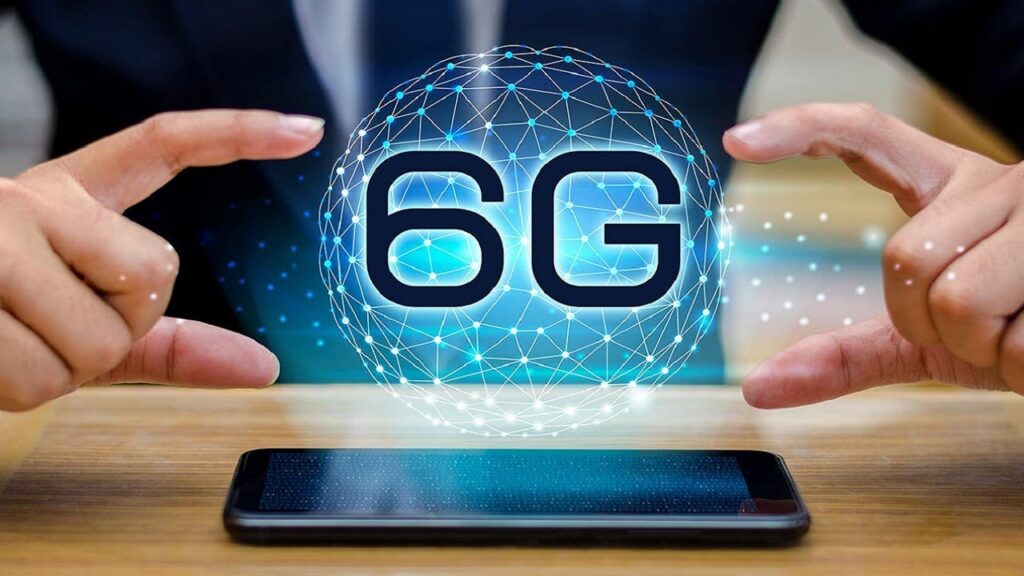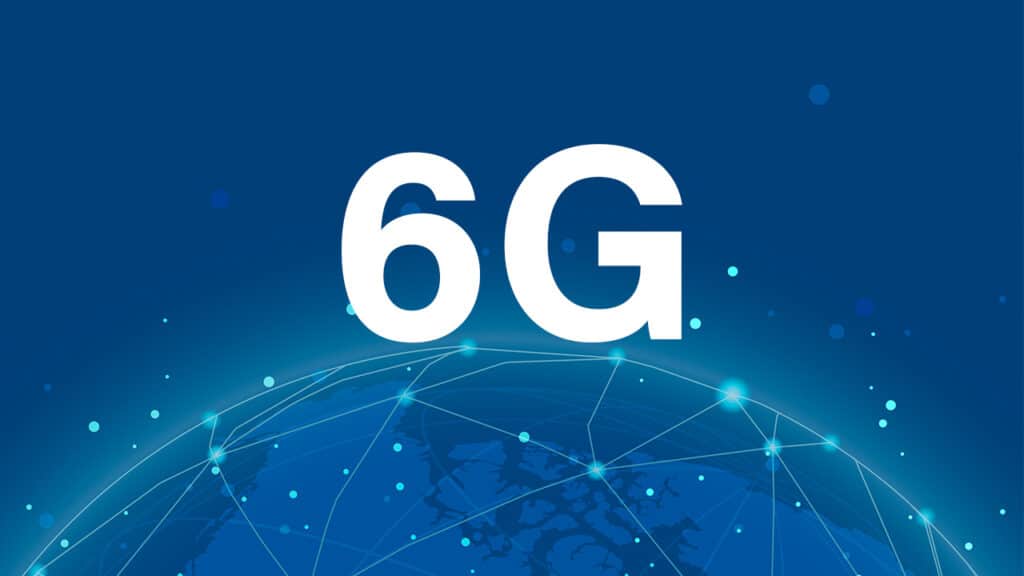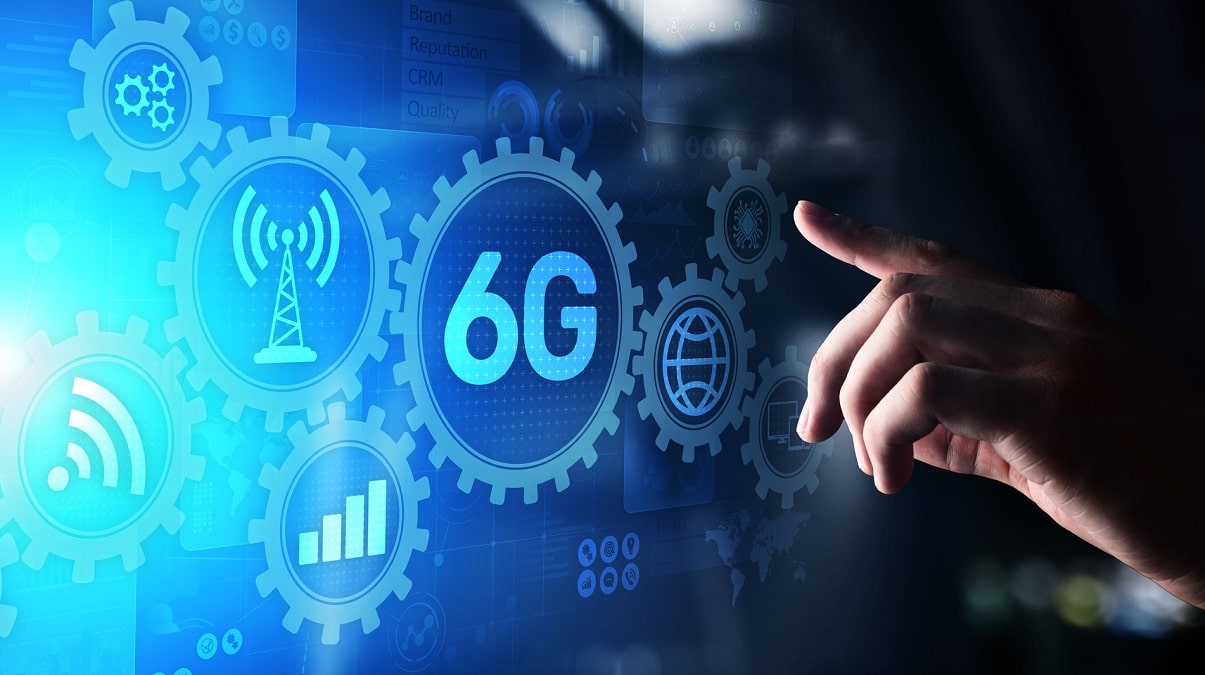Not all areas are covered by 5G, not all smartphones and few other devices support the new communication standard. But the world’s leading labs are already experimenting on the sixth generation, with some major manufacturers starting the design phase for 6G. So how far will we be able to test the new 6G network? And what news will it bring with it?
6G: when will it arrive and what news will we be able to experience
The new generation of telecommunications is starting to take its first steps, even if for many users 5G is still little more than a mirage. It is in the nature of such important infrastructural changes that the network must be ready before the devices that will use it.
The tests are already beginning. There Next Generation Mobile Networks Alliance (NGMN) has already identified 50 different use cases, divided into four classes, to analyze the 6G. The two largest are human communication and that between machines, confirming the trend of interconnection already seen with 5G. In this way, companies in the most disparate sectors will be able to experiment with the applications of this new network.
When will 6G technology arrive?
Designing such a complex network cannot have a precise expiration date. But industry experts agree that it will take at least another eight years to get to use this new standard. But the date of the 2030 nit should not be taken as a fixed and immobile goal. Indeed, there will be several stages.
In all likelihood since 2025 the first specific use cases will beginwith a release of one 6G standard as early as 2028. However, many experts agree that commercial and enterprise use will not be widespread in this decade, limiting itself to isolated cases and trials.

The consensus is that 6G will become the network for communicating with other people and with machines (like all the accessories of our smart home) during the 30s of this century, without specifying exactly when. The transition will be gradual and with different priorities: as always, companies will drive the change, having higher needs. But the first smartphone (if we’re still going to use smartphones) we’ll buy after 2030 will in all likelihood support 6G.
What news will this technology bring?
The project leader for Nokia Bell Labs for 6G Volker Ziegler he explained to Wired (in an exclusive interview that we recommend you read) that: “Our vision is that 6G will open the door to human potential. We believe that key features of networks in the 6G era must include sustainability, reliability and digital inclusion to help the world to progress in a synergistic way “.
Furthermore, a great novelty is that this network will set itself these objectives by exploiting new technologies. In fact, for the optimization of the radio interface yes they will use artificial intelligence and machine learning. This should take efficiency to levels impossible with standard techniques. The transmitters and receivers will be automated to reduce latency and improve performance.
Very low latency, for various applications (not just industrial)
5G already sets itself the goal of greatly lowering latency. An important need in the commercial sector (we all prefer responsive games and live streaming) but essential on an industrial level. 6G should bring a refinement of Ultra Reliable Low Latency Services (URLLC), falling below the millisecond.

In this way not only could we have robots in factories capable of responding to different stimuli and reducing human intervention. We will be able to see applications in the medical field, for example through remote surgery, with doctors who can also intervene remotely. But perhaps the most important intervention will be in the automotive sectorwhere autonomous driving can become safer and more widespread.
At Wired, Ziegler also explained that the spectrum of the network will expand for precise use cases too above 100GHz. But the new blocks should be sespecially between 7 and 20GHz, allowing technology DESPITE (Multiple Input Multiple Output). This will allow all connected devices not only to receive data from the cell but also to send them, without delays of any kind. Something fundamental to allow minimum latency even in densely populated areas, given the constant increase in connected devices.
Possible technologies when 6G arrives
While the new network will allow to accelerate the network and improve what 5G is bringing to more and more geographic areas, some technologies depend on the success of the new network to function. We are talking for example of the so-called ‘cognitive architectures’, artificial intelligences connected in the cloud that will become essential for more and more companies. Which thanks to 6G we will be able to defend with a zero trust philosophy and constant monitoring, with the possibility that the quantum cryptography to protect data (from after 2028).
In addition, telepresence will play an increasingly important role. That could evolve from the video calls we use today up to VR and holographic experiences. If Meta’s metaverse doesn’t catch on, these technologies could become important to many industries.
For example, healthcare, where there will be the possibility of constant healthcare, also thanks to 24-hour monitoring. The introduction of elements of extended realitywhich also introduce the other senses into digital reality (touch with vibration, for example) could allow new types of distant relationships, in different areas.
6G could open several technological doors, as well as speed up the network to browse the web. The possibilities are so many and the goal is to make them possibleat least from after 2030, when we will be able to experience 6G directly.
In Italy, Tim, the Polytechnic of Turin, the University of Pisa and other universities are experimenting with the new standard. Part of a European and global community dedicated to the future of telecommunications. That seems closer and closer.















Leave a Reply
View Comments